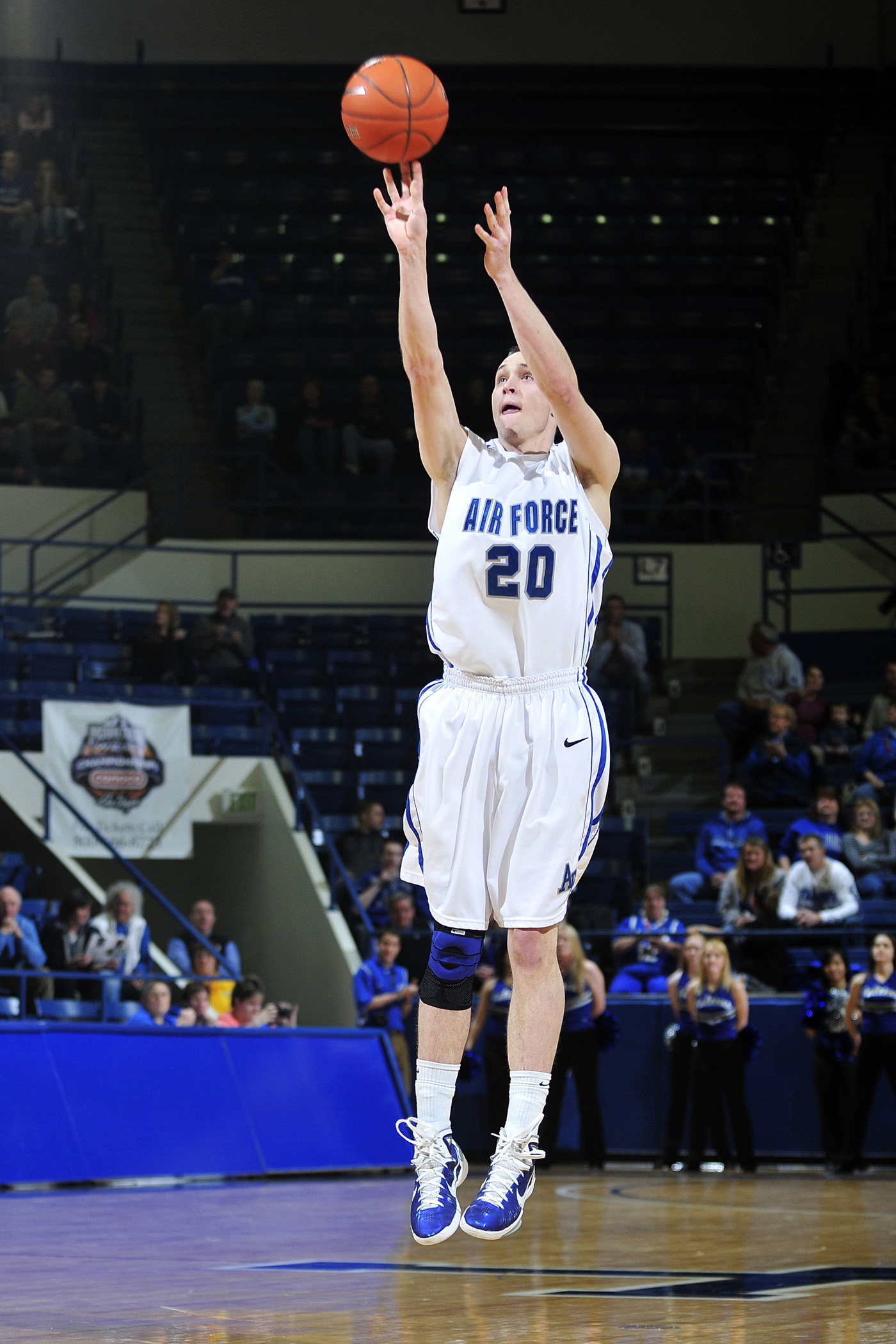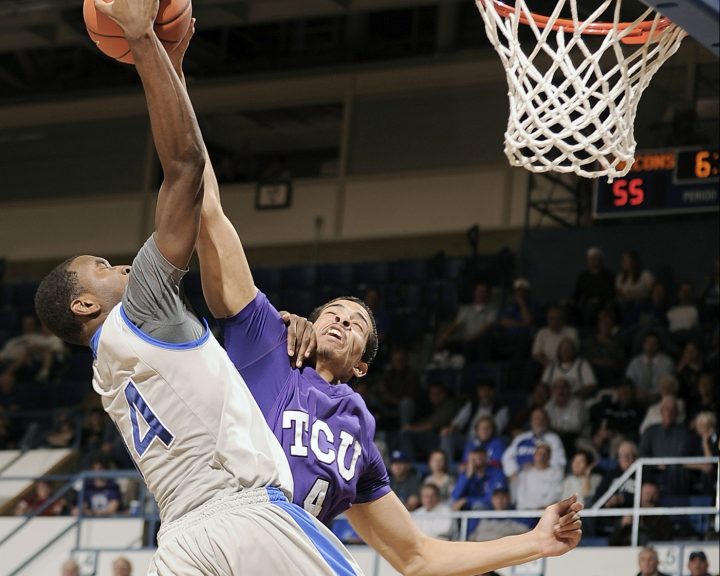Eccentric training has been around for a long time. Bodybuilders call it “negatives.” Basically eccentric training involves an exaggerated descent or lower phase of the lift. The focus of eccentric training is on that part of the lift, not the part that we typically focus on in our training. For example, with an eccentric focus on the squat or bench press, we may have a slow descent of about 10-15 seconds.
Some things that we know about eccentric training. First, it allows you to handle more weight than you normally would if you were concerned about the concentric phase of the lift. Second, it develops hypertrophy (in fact, it’s the part of the lift that makes our muscles grow to adapt). Third, it is the phase of the lift that makes people sore. So, really focusing on this has the potential to make someone really sore.
Now, my posts are about training athletes. Especially athletes in a team setting where there may be many athletes training at one time with limited staff and limited facilities. With that in mind, why would we use eccentric training with the strength and conditioning of athletes?
Eccentric training has a number of uses with athletes:
- Training around injuries
- Increasing strength
- Special strength training
Training around injuries:
I’m 47 as of this writing and I still train every day. The challenge though is that once you get to this point, with a lifetime of training behind you, you spend a lot of time trying to hold your ground in terms of your strength and fitness. You don’t recover as fast as you used to and little changes in your program can result in soft tissue injuries that did not used to happen.
Eccentric training lets you train around some of those soft tissue injuries. I’ve had a number of meniscus and tendon issues over the years as I have gotten older. Focusing on eccentric training during these injuries has allowed me to keep training, maintain strength, and maintain muscle size while training through these injuries.
How would this get used in an injury situation? Let’s take two examples; tendon issues with the elbow and with the knee. For the elbow, we’re going to replace our pressing or tricep extension exercises with eccentric variations. For example:
Bench press
Dips
Military press
For each of these exercises, we’re going to spot the athlete up. I’ll have thoughts about sets, reps, and weights at the end. After getting assistance with the concentric part of the lift, the athlete will then fight and take as long as possible to lower the implement or their body. This may take 30-60 seconds on the first rep, but it won’t take that long after the first rep and fatigue sets in.
With a knee focus, we might take this approach on squats and their variations, lunges, even leg extensions if we do them.
Increasing strength:
It’s obvious that working on your ability to lower the weight will increase your strength on a movement (for example, on bench press). So these exercises make a great supplement especially when we have a phase of training that is really focusing on strength.
Another way this gets used is to help you develop the strength to do bodyweight exercises like pull-ups and dips. When I am getting people ready to be able to do pull-ups and dips, I don’t want to use anything that develops a crutch. For example, assisted pull ups (whether a machine or bands) tend to create a dependence on that equipment – very few people progress from that equipment to doing to movements without.
So I use eccentric training for this. If we can’t do pull-ups, we can still improve at them by doing them eccentrically and taking as long as possible to lower ourselves. Same thought with dips, push ups, even leg raises when we have a back injury.
Special strength training:
There are a lot of times in sports when we need strength to maintain our posture. For example, when pulling ourself over our stride leg when pitching a baseball. When our foot strikes the ground during a sprint. When we are levering off our left leg during the long jump. Etc.
Eccentric training has a role in developing this 6-8 weeks before the season. During this time frame, I might be focused more on strength development (for example, there might be two strength sessions and two power sessions per week). Eccentric movements can be spread throughout the strength sessions to help develop these qualities. For example:
Strength session day 1:
Back squats
Eccentric split squats
Romanian deadlifts
Eccentric bench press
Bent-over rows
Military press
Strength session Day 2:
Eccentric back squats
Deadlifts
Bench press
One-arm dumbbell rows
Kettlebell press
With eccentric training, 3-5 sets per exercise are best. No more than 3-6 reps per set, it’s actually hard to get more than three quality reps per set due to how fatiguing this is. The first rep might actually take a minute, but by the third the time can be measured in seconds. This type of training requires a lot of recovery – two minutes between sets is a good rule of thumb.
I get that we can lower more weight than we can lift. When I start using this type of training I’m doing it with 50% of maximum. With really experienced lifters we might go up to 80-85%, but that takes time to get there. Technique is important. Mental focus is important. The time spent is important. Putting 150% of maximum on the bar and then just dropping it down is a recipe for injury.



